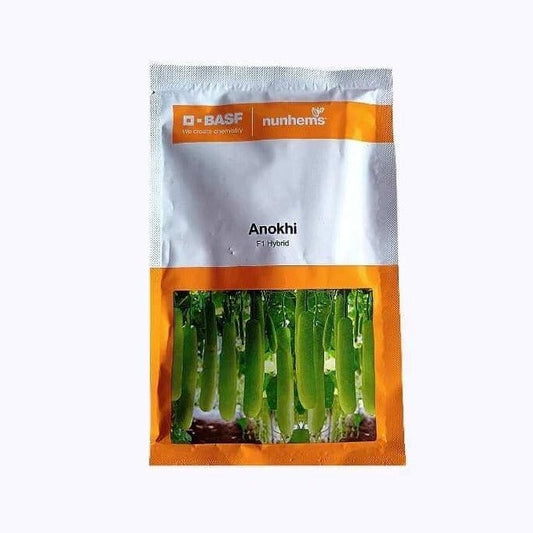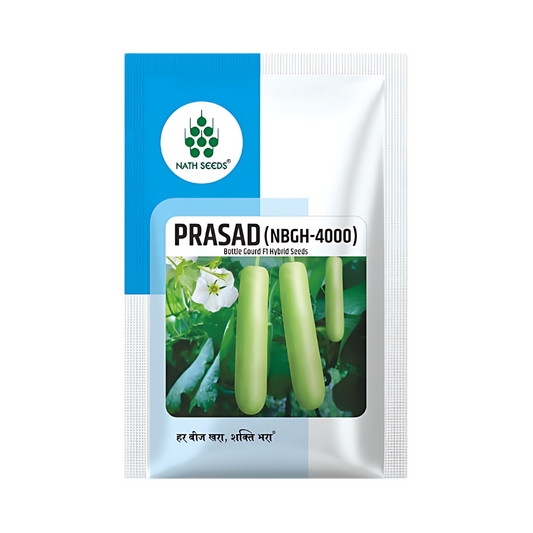Buy Bottle Gourd Seeds from various brands at DesiKheti:
Buy Advanta Bottle Gourd Seeds Online
Buy Agroisia Bottle Gourd Seeds Online
Buy Ankur Seeds Bottle Gourd Seeds Online
Buy Ashoka Seeds Bottle Gourd Seeds Online
Buy Bioseed Bottle Gourd Seeds Online
Buy DuFlora Bottle Gourd Seeds Online
Buy East West Bottle Gourd Seeds Online
Buy Elite Seeds Bottle Gourd Seeds Online
Buy HM Clause Bottle Gourd Seeds Online
Buy Indo American Seeds Bottle Gourd Seeds Online
Buy Indus Seeds Bottle Gourd Seeds Online
Buy JK Seeds Bottle Gourd Seeds Online
Buy Kalash Bottle Gourd Seeds Online
Buy Kaveri Seeds Bottle Gourd Seeds Online
Buy Known You Bottle Gourd Seeds Online
Buy Konico Seeds Bottle Gourd Seeds Online
Buy Mahyco Bottle Gourd Seeds Online
Buy Max Seeds Bottle Gourd Seeds Online
Buy Namdhari Seeds Bottle Gourd Seeds Online
Buy Nath Seeds Bottle Gourd Seeds Online
Buy Noble Seeds Bottle Gourd Seeds Online
Buy Nongwoo Bottle Gourd Seeds Online
Buy BASF Nunhems Bottle Gourd Seeds Online
Buy Nuziveedu Seeds Bottle Gourd Seeds Online
Buy Pahuja Seeds Bottle Gourd Seeds Online
Buy Pan Seeds Bottle Gourd Seeds Online
Buy Pyramid Seeds Bottle Gourd Seeds Online
Buy Sakata Bottle Gourd Seeds Online
Buy Sarpan Seeds Bottle Gourd Seeds Online
Buy Seminis Bottle Gourd Seeds Online
Buy Syngenta Bottle Gourd Seeds Online
Buy Taiyo Bottle Gourd Seeds Online
Buy Tokita Bottle Gourd Seeds Online
Buy Unisem Bottle Gourd Seeds Online
Buy US Agriseeds Bottle Gourd Seeds Online
Buy VNR Bottle Gourd Seeds Online
Buy Welcome Seeds Bottle Gourd Seeds Online
"Bottle gourd" is a versatile vegetable. Bottle gourd is widely produced in India and other areas of the world. The name Bottle Gourd is due to its bottle-like shape and historical application as a container. In the past, mature bottle gourds' hard shells were used to make fishing net floats, water jugs, and household utensils.
Other names for this plant in India are Lauki, Bottleneck gourd, Ghiya, Sorakaya, and Lau. Bottle gourd belongs to the Cucurbitaceae family and is scientifically known as Lagenaria siceraria. Lauki is a highly nutritious vegetable. Lauki contains protein, thiamin, riboflavin, and vitamin C.
Bottle gourd pulp has antidotal properties against several toxins. Sorakaya is also used in the treatment of constipation, cough, and night blindness. Jaundice can also be effectively treated using a decoction produced from the leaves of the Lauki. The Ghiya fruit is diuretic and cardiotonic due to its cooling characteristics.
The bottle gourd is native to tropical Africa and has spread throughout Asia, Africa, and the New World. India produced 2.86 million tons of Lauk in 2021–2022, with Bihar accounting for the largest portion (20.86%) of the overall production. The other leading states in Lauki Production are Uttar Pradesh, Madhya Pradesh, Haryana, and Chhattisgarh.
Climate for Lauki Cultivation
As a warm-season crop, Ghiya is susceptible to frost or cold. Lauki plants are quite sensitive to photoperiod. Short days and humidity are conducive to femininity. The minimum temperature for Lauki seed germination is 18°C. The optimum temperature range for Lauki plant growth and development is 20°C to 30°C, with 24°C to 27°C being ideal.
Soil for Ghiya Farming
Ghiya can be grown in a range of soil types. However, the best soil types are said to be sandy to sandy loam soils with rich organic matter and good drainage. The Lauki Plant's deep taproot structure also makes it suitable for growing in riverbeds. Though Ghiya plants can withstand alkaline soils with a pH of up to 8.0, the ideal range for soil pH is 5.7 to 6.7.
Bottle Gourd Seeds and Propagation Material
Selection of a Bottle Gourd Variety: Choose a Bottle gourd variety according to the intended purpose, preferences of the local market, climate, type of soil, availability of irrigation, and frequency of pests and diseases.
Procurement of Quality Bottle Gourd Seeds: Purchase Bottle gourd seeds from reputable and verified vendors. Desikheti offers a large selection of high-quality Bottle gourd seeds that can be delivered to your doorstep.
Bottle Gourd Seed Requirement:
- Varieties: 1.2 to 2.4 kg of Bottle gourd seeds/acre of land.
- Hybrids: 400 to 450 g of Lauki seeds/acre of land.
Bottle Gourd Seed Treatment: Hybrid and open-pollinated Bottle gourd seeds sold by private companies are typically treated chemically. However, if the bottle gourd seeds are untreated, apply Trichoderma viride (4 g/kg), Pseudomonas fluorescens (10 g/kg), or carbendazim (2 g/kg) to Bottle gourd seeds.
Time of Sowing Bottle gourd seeds
Plain Areas
- Kharif crop: Sow bottle gourd seeds in the months of June to July.
- Rabi crop: Sow Lauki seeds in the months of October to November.
- Summer crop: Sow Bottle gourd seeds in the months of February to March.
Hilly Areas
- March to June are suitable months for sowing bottle gourd seeds.
River Beds
- November to December are suitable months for sowing bottle gourd seeds.
Method of Sowing Lauki Seeds
Usually, Bottle gourd seeds are sown directly in the field in pits, raised beds, or furrows. To encourage early germination, soak Lauki seeds in either water or 600 ppm succinic acid for 12 hours prior to planting. After planting, the Ghiya seeds germinate in six to seven days.
Ghiya Seeds can be sown for an early crop using a 1:3 ratio of FYM to the soil in protrays or plastic bags stored in a shade net house. After fifteen days, the Bottle gourd seedlings are transplanted to the main field.
Depending on the type and the technique of sowing Bottle gourd seeds, plant two Sorakaya seeds per hill at a distance of 1.8 to 3 m between rows and 0.6 to 1.5 m between plants.
Nutrient Management for Sorakaya Farming
Apply 15 to 20 tons of well-decomposed FYM per hectare 20 days prior to sowing Bottle gourd seeds. NPK recommendations vary based on region. For Example - 32:24:24 kg NPK per hectare in Tamil Nadu, 100:50:50 kg NPK per hectare in Punjab.
Apply half of the nitrogen and all of the P and K at sowing Sorakaya seeds, and the remaining nitrogen is applied 30 to 40 days after sowing Lauki seeds.
Irrigation Management for growing Bottle Gourds
In Summer, Lauki crops need to be irrigated often, every three to four days. Irrigate Ghiya crops during the rainy season as and when required. In the winter season, irrigate Lauki crops once every ten days. Ghiya fruit size and yield are reduced when there is moisture stress during Lauki fruit development. Overwatering can also cause Lauki fruit drop.
Basin and furrow irrigation are common methods of irrigation. Drip irrigation can increase Lauki fruit yields by about 47% compared to sprinkler and furrow systems.
Training and Pruning of Lauki Plants
Given its vigorous vegetative development, Lauki requires careful training and pruning. Using a bower system to train Ghiya plants maximizes their exposure to sunshine, potentially yielding up to 80 t/ha. Cut off the axillary buds until the Ghiyavines are as tall as the bower.
When the Ghiya vine reaches the bower, remove the apical bud 10-15 cm below the bower to allow 2-3 branches to spread. After 4-5 Lauki fruits have formed, prune the vines again, allowing only 2-3 axillary buds to grow on primary Ghiya vines. Remove all yellow and pale-coloured older Sorakaya leaves near the bottom.
Weed Management for Bottle Gourd Cultivation
It is imperative to keep the Bottle gourd field free of weeds during the cropping season. Perform 2-3 hoeings during the early growth stages of the Sorakaya plant to keep the field free of weeds.
Pest and Disease Management for Bottle Gourd Farming
Common Pests of Bottle Gourd
Leaf Miner (Liriomyza trifolii)
- Leaf miner maggots puncture the epidermal layers of the Lauki leaves, scraping the chlorophyll content.
- Severe infestations reduce photosynthetic activity, ultimately leading to the death of Lauki plants.
Red Pumpkin Beetle (Aulacophora foveicollis)
- These beetles are highly destructive, creating holes in leaves and feeding on Sorakaya flowers.
- They damage Lauki foliage, flowers, and cotyledons.
- Grubs hatch and feed on Ghiya plant roots below the soil surface bore into vines, and consume Lauki fruits in contact with the soil.
Aphids (Aphis gossypii)
- Nymphs and adults suck sap from tender Lauki leaves and shoots, causing leaves to curl and growth to be stunted.
- Lauki flowers and pods are also affected.
- Honeydew excretion leads to sooty mould, which interferes with photosynthesis.
Pumpkin Caterpillar (Diaphania indica)
- These bright green caterpillars, identifiable by two narrow longitudinal white stripes, fold Ghiya leaves and scrape green matter, leading to leaf desiccation.
- They also feed on flower ovaries and sometimes bore into young Bottle gourd fruits.
Fruit Fly (Bactrocera cucurbitae)
- Fruit fly maggots bore into the Ghiya fruit and feed on the pulp, causing lesions.
- Sorakaya fruits decay due to secondary bacterial infection.
- Infested Sorakaya fruits do not develop properly and drop prematurely.
Bottle Gourd Plume Moth (Spenarches caffer)
- The larvae of this moth feed on Ghiya leaves, creating small holes and reducing the Ghiya plant's photosynthetic capability.
Common Diseases of Bottle Gourd
Fusarium Wilt (Fusarium oxysporum)
- This disease causes vascular wilt in Sorakaya.
- Symptoms include damping-off in Lauki seedlings, tip burning in older plants, and white or pink fungal growth on dead stems in wet conditions.
- The primary diagnostic symptom is discolouration of the vascular system.
Gummy Stem Blight (Stagonosporopsis spp., Phoma spp.)
- Symptoms include chlorosis of leaf margins, brown necrotic leaves, and brown lesions on the collar region in young Bottle gourd seedlings.
- Severe infections cause Sorakaya seedlings to wilt and die.
- Older Ghiya leaves develop V-shaped brown necrotic lesions, and a gummy substance exudes from Lauki stem cracks.
- Pinhead-sized black fruiting bodies are visible on infected Lauki stems, leaves, and fruits. This fruiting body can be observed by the naked eye and is the confirmatory diagnosis of this disease.
Powdery Mildew (Erysiphe cichoracearum)
- White or dirty grey powdery growth appears on the upper leaf surface, eventually covering the entire leaf.
- Infected Lauki leaves turn brown, dry up, and die, causing premature defoliation.
- Lauki fruits become undersized, deformed, and of reduced quality.
Cercospora Leaf Spot (Cercospora sp.)
- Minute water-soaked spots appear on Lauki leaves, which enlarge and become circular or irregular with pale brown centres and dark margins.
- The Sorakaya leaf may dry and die, presenting the leaf with a scorched appearance. Ghiya stems and fruits can also be affected.
Downy Mildew (Pseudoperonospora cubensis)
- Yellow, angular spots appear on the upper leaf surface, with white downy growth on the corresponding lower surface.
- Infected Lauki leaves turn yellow and fall off, stunting the plant. Diseased Lauki plants die, and the fruits produced may not mature properly.
Cucumber Mosaic (Cucumber mosaic virus)
- Infected Sorakya leaves curl downward, become mottled, distorted, wrinkled, and are reduced in size.
- Young Sorakaya leaves exhibit stunting and rosetting.
- Sorakaya fruits are often misshapen, mottled, warty, and undersized.
Harvesting of Bottle gourd Fruits
The bottle gourd crop is ready for harvest approximately 60 to 100 days after sowing Sorakya seeds. Lauki fruits should be harvested when they are still tender and medium-sized. Harvesting of Ghiya fruits is done at intervals of 3 to 4 days.
Sorakaya fruits reach edible maturity 10-12 days after anthesis and can be judged by pressing on the fruit skin and noting the persistence of pubescence on the Lauki skin. At this stage, the Bottle gourd seeds are soft, and the fruit is medium in size. As the fruit ages, the Lauki seeds harden, and the flesh becomes coarse and dry.
Care should be taken during harvesting to avoid injuring the Sorakaya vines and the fruits. Individual Sorakaya fruits are plucked using sharp knives, leaving a small part of the fruit stalk attached to the fruit.
Yield of Bottle gourd Fruits
For open-pollinated Bottle gourd species, the yield is 20–25 tons per hectare. For Bottle gourd hybrids, the fruit yield is 60–65 tons per hectare.
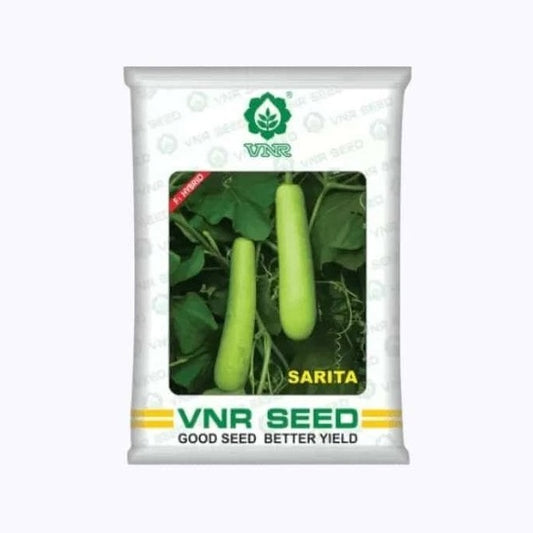
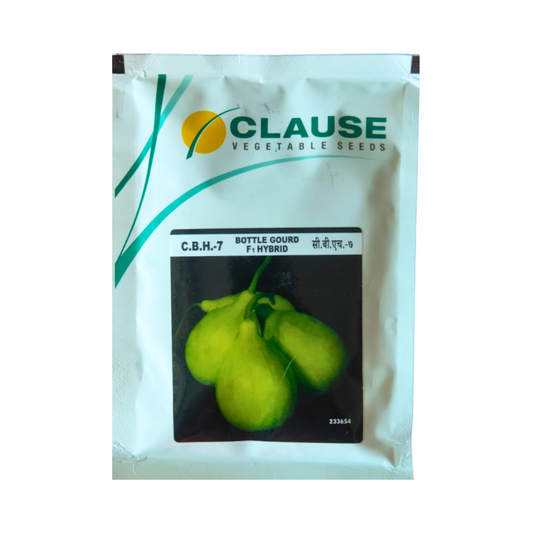 Sold out
Sold out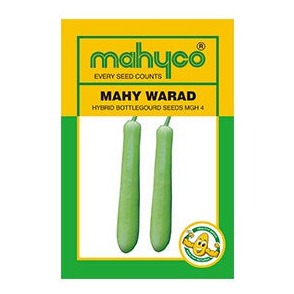
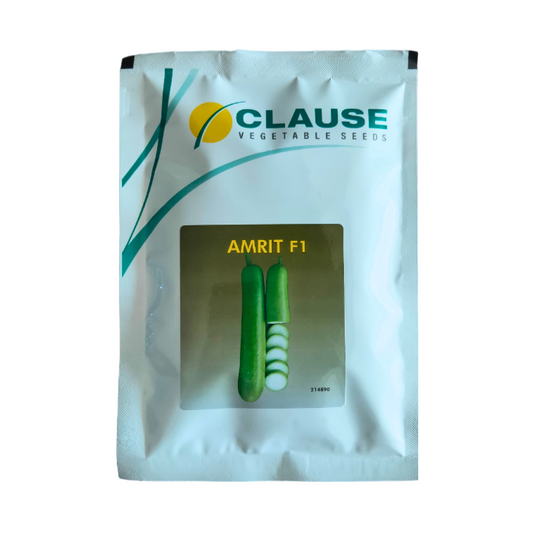
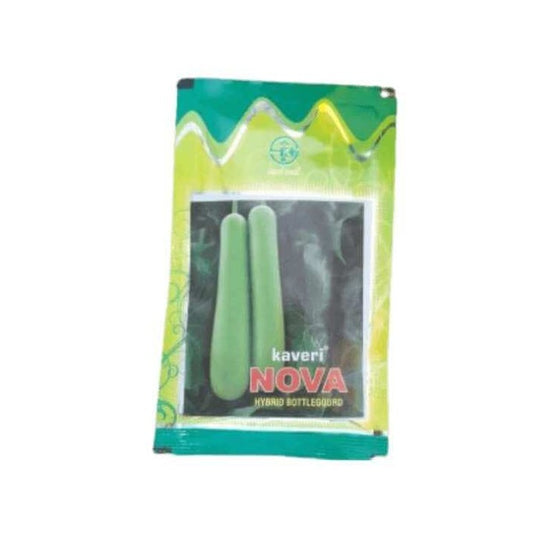

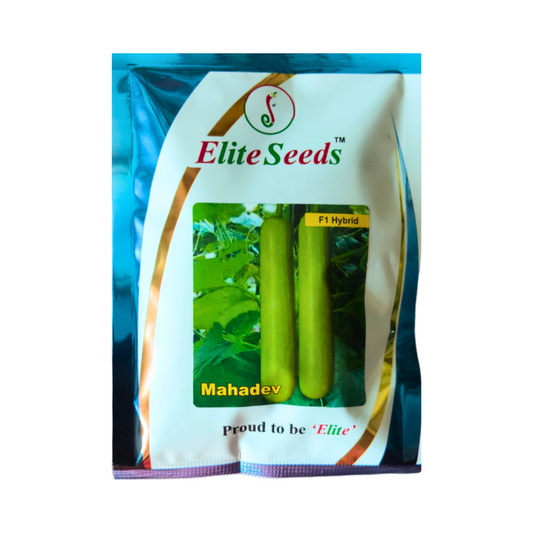 Sold out
Sold out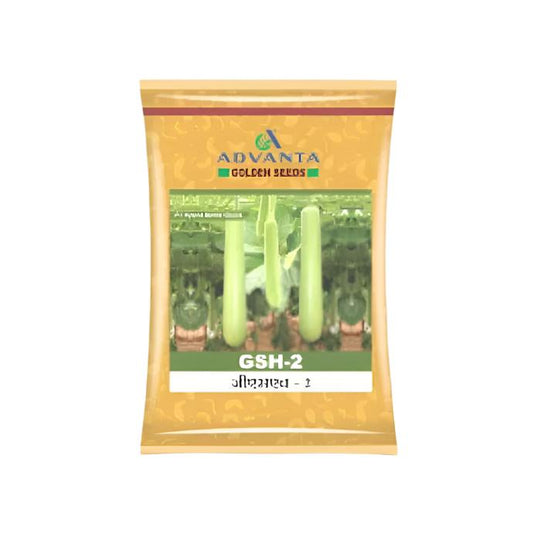 Sold out
Sold out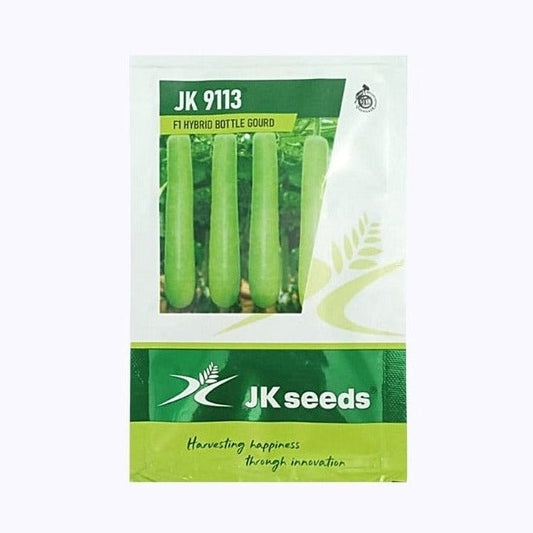 Sold out
Sold out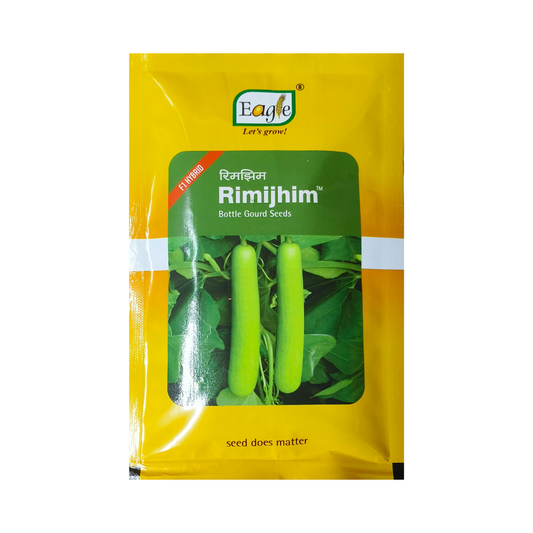 Sold out
Sold out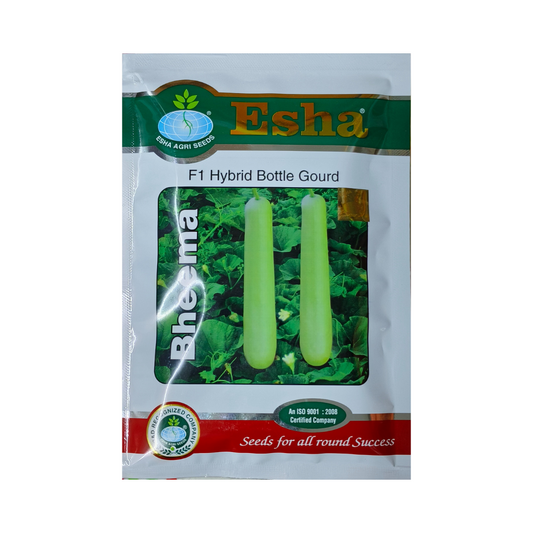 Sold out
Sold out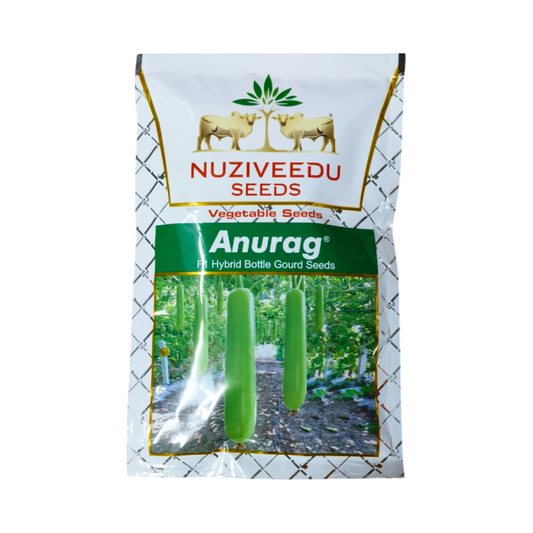 Sold out
Sold out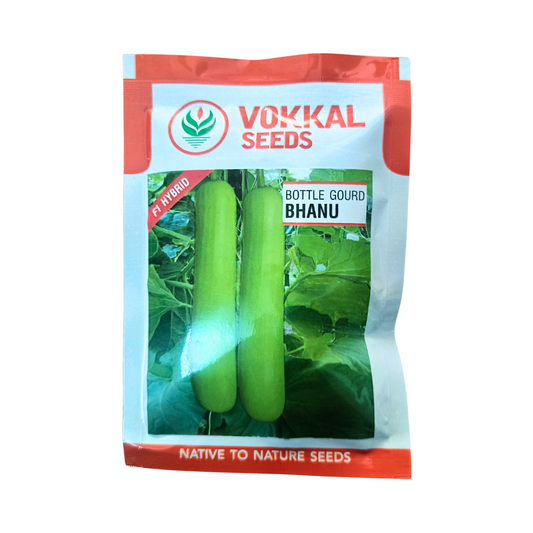 Sold out
Sold out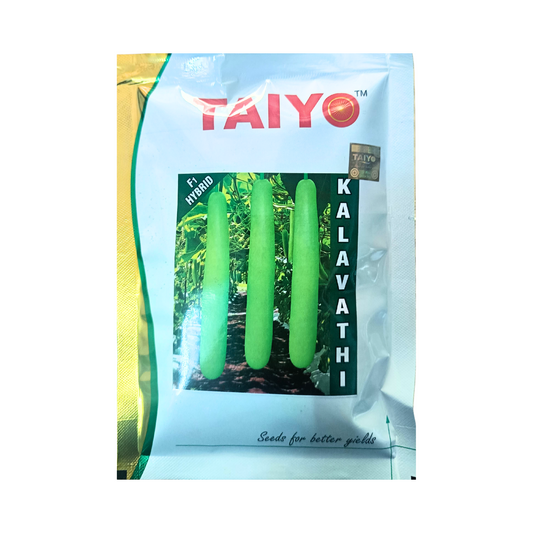 Sold out
Sold out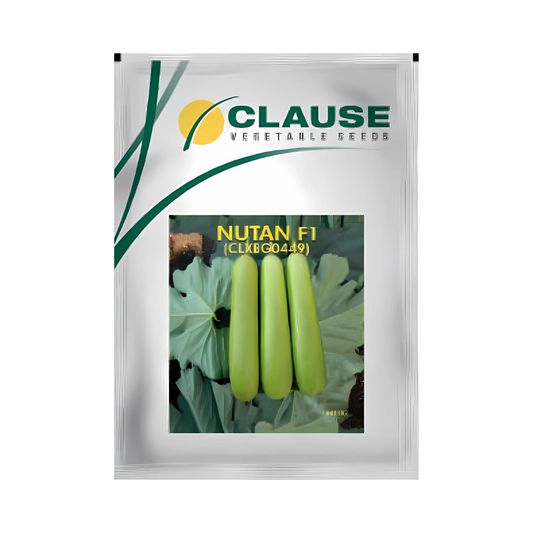 Sold out
Sold out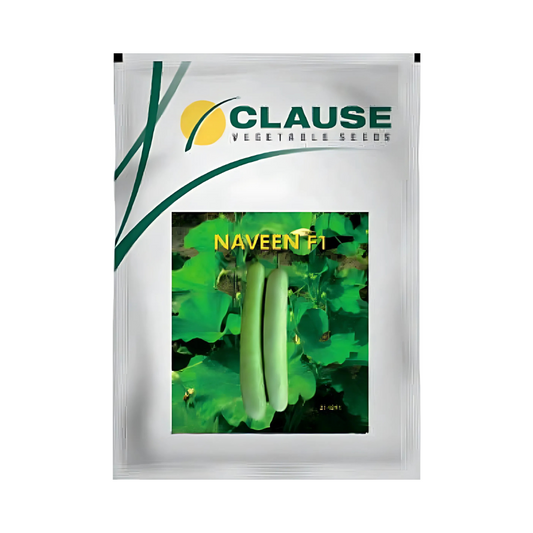 Sold out
Sold out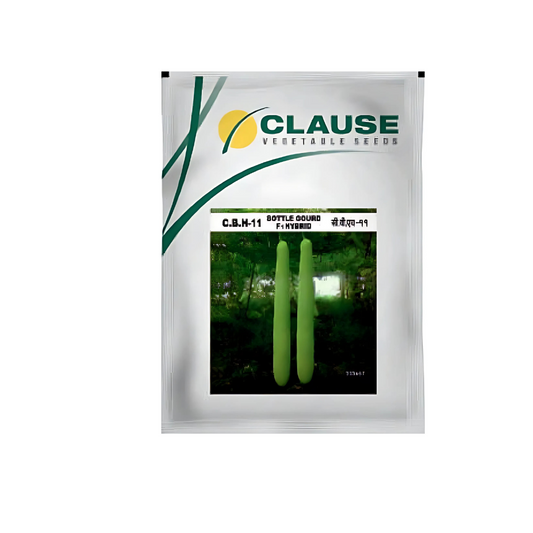 Sold out
Sold out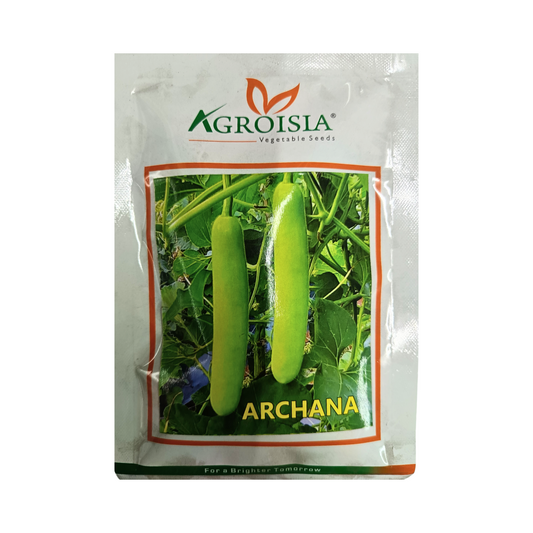
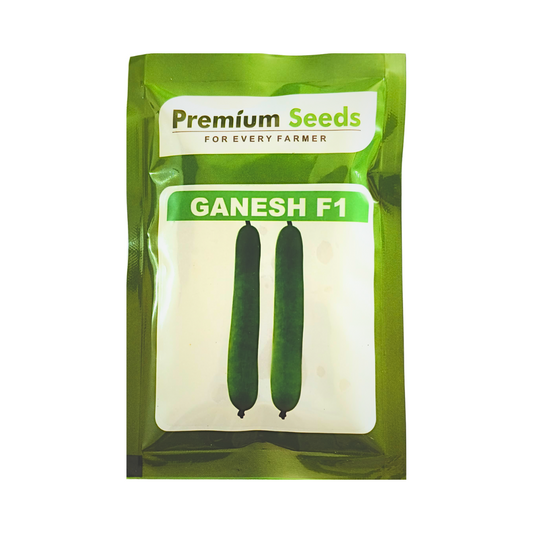
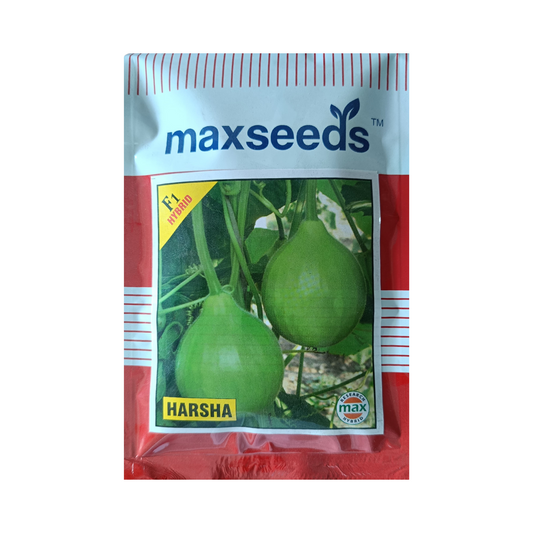
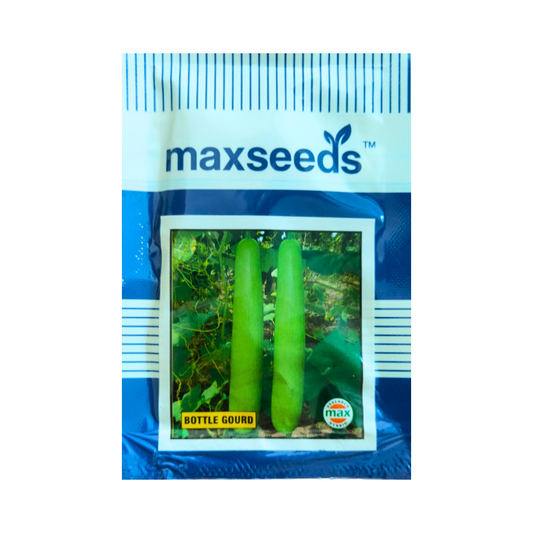 Sold out
Sold out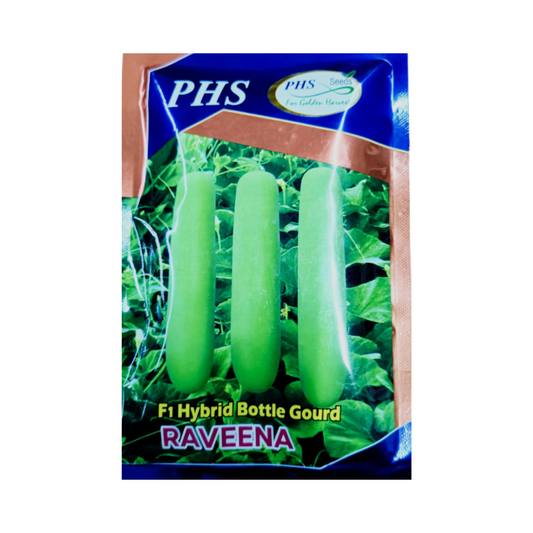 Sold out
Sold out
